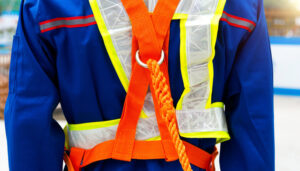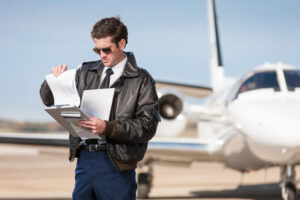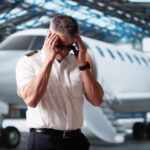Pilot training for runway confusion can include learning of other’s mistakes
From the beginning of pilot training (I mean early in the career of a student pilot), we are taught about runway awareness. Over and over, it is drilled into the student about the sacred nature of the runway and its environment. So why is runway confusion still a thing for professional pilots?
I was a pilot for UsAirways when one of our 737’s landed on top of a small regional turboprop cleared into position on the same runway. It was dusk in smoggy LA, so I’m sure the visibility was poor, but it’s still hard to imagine not seeing the plane in time to initiate an emergency go around. But they didn’t.
ATC procedures changed because of that accident, and pilots now turn on landing lights and strobes when entering the runway environment, even if they are “just” crossing a runway. So if the turboprop had their lights on, they might have been seen.
Do you remember the Comair accident? They were assigned runway 22, which was 7000 feet long but inadvertently departed runway 26, which was only 3500 feet long. As a result, the CRJ-100ER never made it past the trees at the end of the too short runway. I get it; it could be relatively easy to line up on the wrong one without laser focus.
We’re safer because of that tragedy, too – now the last part of the departure briefing for most professional pilots includes a cross-check of the runway and heading indicator. Every. Single. Time.
Then there are the close calls, those accidents that don’t happen because of some quick action by the pilots or controllers. For example, a Turkish Airlines Airbus A330-300 lined up on a taxiway at the Newark International Runway and began their takeoff roll. Have you ever seen how big a 330 is? They got up to 90 knots before an alert controller started yelling to abort.
Here’s another one, in San Francisco, an Air Canada Airbus A320 almost landed on a taxiway and overflew 4, that’s right, FOUR commercial airliners before realizing their error. They came within 14 feet of the planes on the taxiway. A collision of 5 airliners would most definitely go down as the worst aviation disaster of all time.
It turns out the crew missed the NOTAM stating that the runway was closed (and dark). They were fatigued and they didn’t have a backup ILS tuned in. Simple things to fix, right? Again, we learn from the mistakes of others.
As a result of numerous accidents and near-accidents, the FAA published a Safety Alert of Operators regarding “Incorrect Airport Surface Approach and Landings,” offering some best practices that are worth noting. They include flying a stabilized approach, using technology to support the most precise approach available, pilot monitoring skills, CRM, and the willingness to go around whenever there is the slightest doubt.
A few more safety habits to include on every flight:
- Increased preflight preparation
- Review taxiway and runway layout
- Review departure procedures
- Review NOTAMS
- Brief the taxi and departure instructions
- Discuss Runway “Hot Spots”
- Discuss runway lighting and markings
And just like our early days of pilot training, advanced training should include runway awareness. In the simulator, instructors should include distractions and interruptions to simulate the real world of complex runway environments, both for takeoff and landing. Yes, we can learn from the unfortunate mistakes of past flight crews, but wouldn’t it be better to instill habits that will prevent these tragedies from ever happening again?
RELATED READING
RELATED CTS TRAINING










